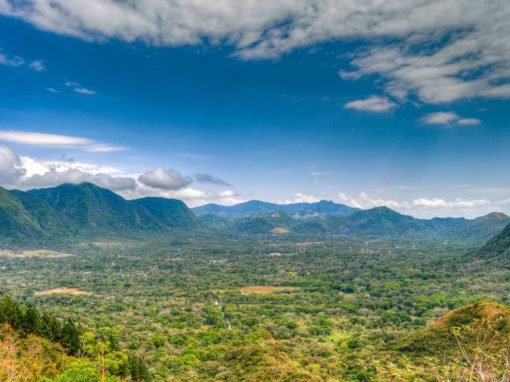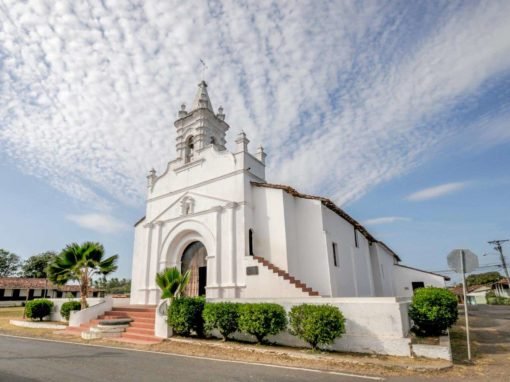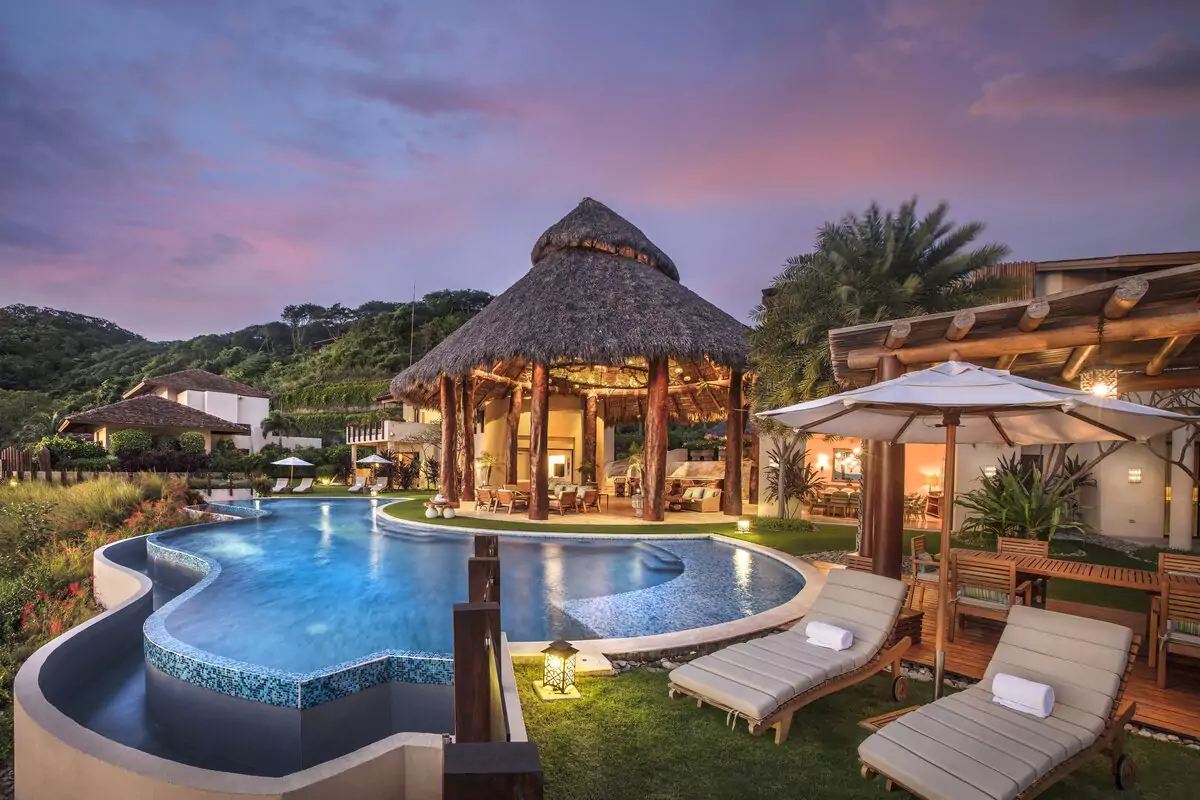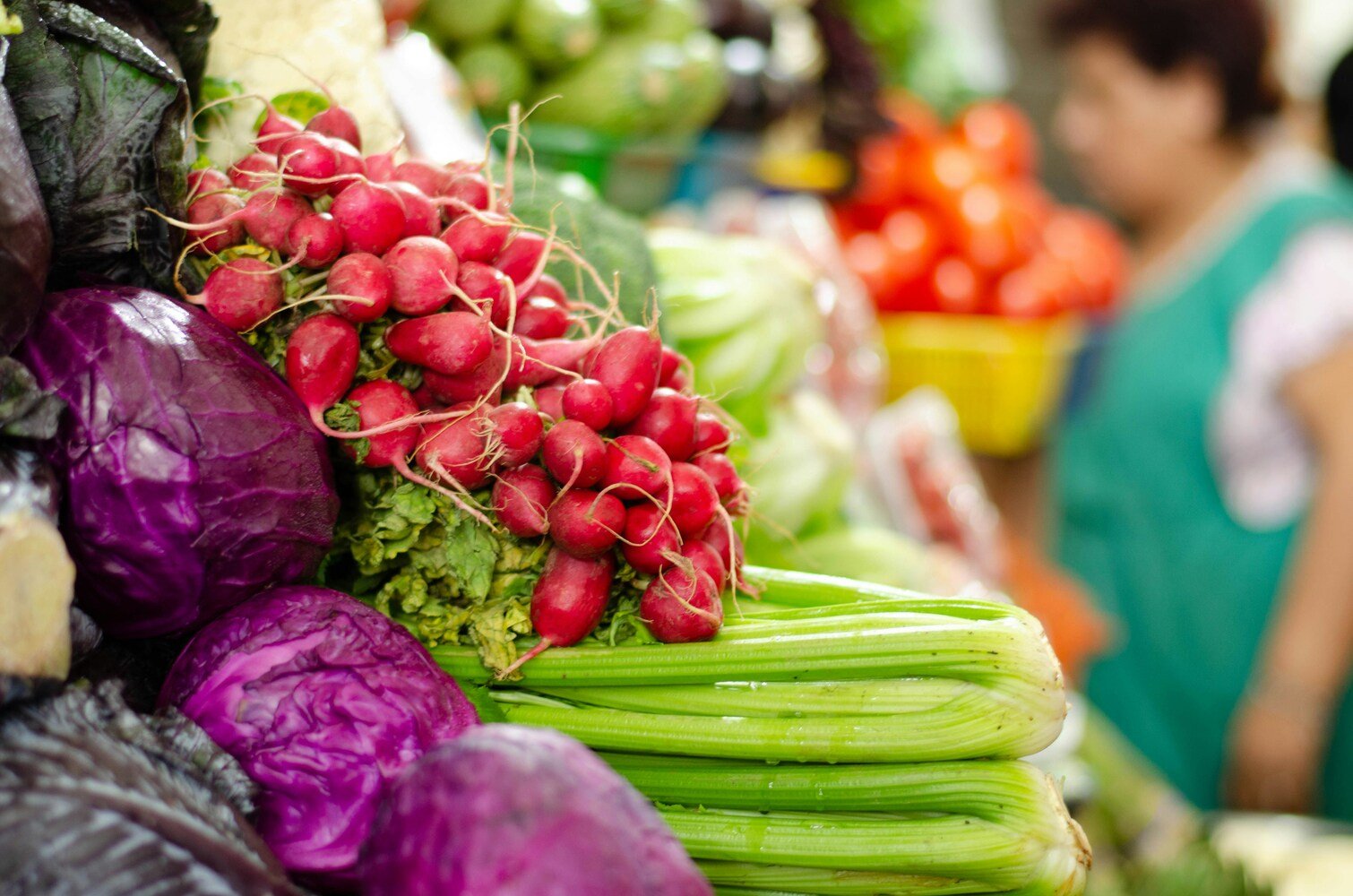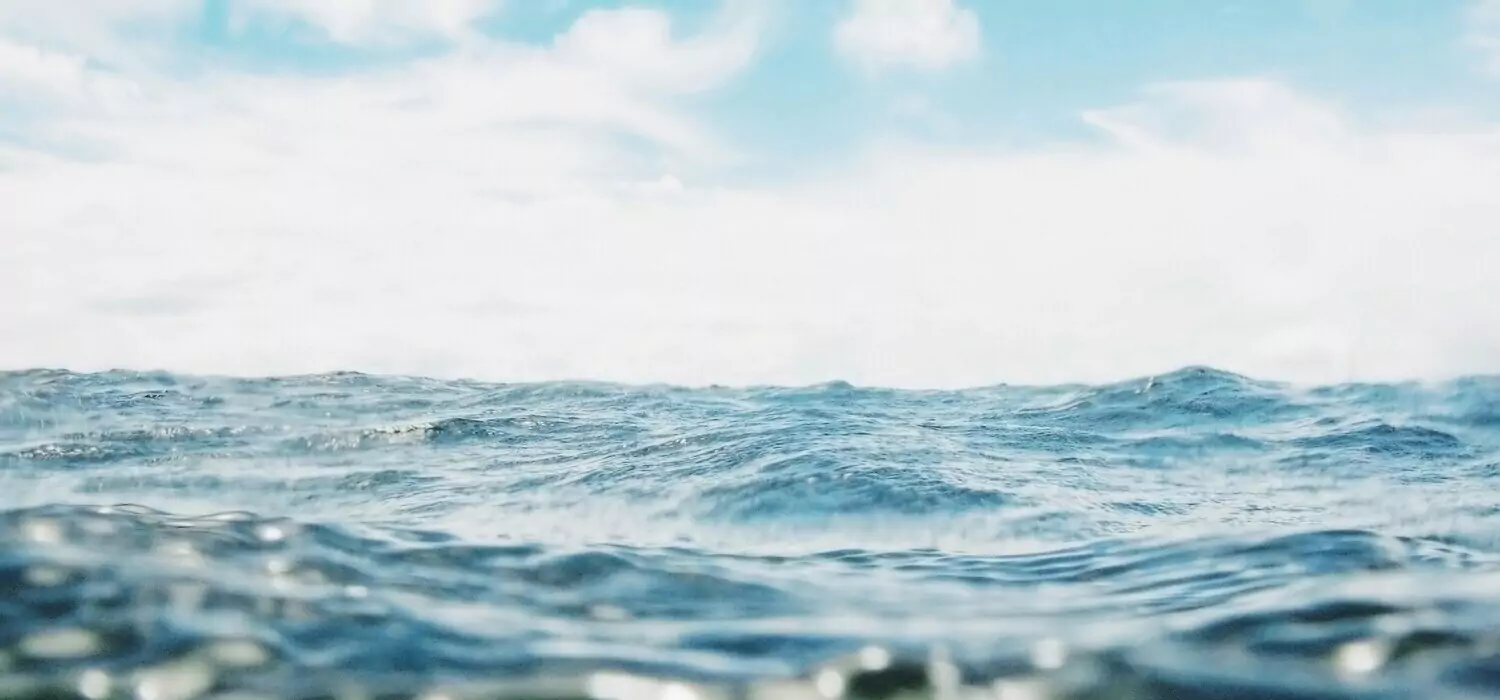Panama
Smile. You’ve LANDED in Panama.
The junction between Central and South America, this country has a unique S-shape, and it’s filled with misty peaks and lush coastal plains. You can hike through orchid-filled cloud forests in the morning and swim with dolphins in the afternoon. Panama vacations are truly an adventure-seeker’s dream come true.
LANGUAGE SPANISH
CURRENCY BALBOA
READ THE PATH BETWEEN THE SEAS
SIP & TASTE SECO & GUACHO
EXPERIENCE SAILING THE SAN BLAS ISLANDS
Start your journey today
Destinations
Where to go in Panama
Adventures You Can’t Miss
Luxury accommodations in Panama

Islas Secas
Coastal Chiriqui

Sofitel Casco Viejo
Panama City

Isla Palenque
Coastal Chiriqui

Nayara Bocas Bali
Bocas del Toro
Albums & Stories
Gallery
FAQ
When should I go to Panama?
Although Panama lies below the hurricane belt, rain is likely between May and November. If you want to avoid heavy rains, the best months to travel are January, February, and March, when sunny skies prevail.
Some of the rainier months have their own benefits. For example: July and August are the best time to observe nesting sea turtles in Bocas del Toro. Humpback whales can be observed from July to October in Coastal Chiriqui. Consider that Panama’s Caribbean Coast receives twice as much rain as its Pacific Coast.
Want to know which options are right for your Panama vacation? Since 2006, we’ve been helping travelers of all sorts (e.g. adventurous singles, honeymoon and empty-nest couples, families with young children, and multi-generational families) explore Panama in style. Speak with one of the Panama travel experts at LANDED today. 801.582.2100.
What language is spoken in Panama?
What should I pack for Panama?
Still, here are some essentials to help you get started:
- Money Pouch (neck or belt type)
- Passport. Lock the original in the hotel safe and keep a copy (say, a photo of the passport’s photo page) with you at all times.
- US cash in small denominations (clean, un-torn bills). These are widely accepted as tips. Local currency can be obtained at hotels and through ATMs.
- ATM and credit cards. ATM’s are available and major credit cards are accepted at most restaurants and hotels. Please confirm your travel dates and destinations with your card issuers before you leave the USA.
- Airline ticket information
- Prescription medications
- Sun protection (sunblock, sunhat and sunglasses). Even on cloudy days the tropical sun can burn skin rapidly.
- Camera and data cards or film, batteries
- Binoculars
- Insect repellant (higher quality repellants—especially those with DEET—are difficult to find locally)
- Anti-itch antihistamine spray (e.g. Benadryl spray)
- Rain jacket (or rain repellent shell)
- Synthetic fleece jacket
- River shoes or river sandals
- Swimwear
- Light, informal clothing for dining and hotel or in cities (it’s amazing how versatile a charcoal grey sweater can be). Evenings can be cool in Chiriqui and on the coast.
- Comfortable walking / hiking shoes (preferably waterproof)
- A small power strip / surge protector, and electrical adapters. Although the official electrical standard in Panama is 110V 60Hz (the same as in the USA), many outlets do not accept grounding pins. Accordingly, we recommend bringing an adaptor for devices that require a grounding pin (the third, round peg).
How safe is Panama?
In rural areas and national parks, you should not hike, bike, or take other excursions alone. Follow your guide’s advice. Stick together. Secure and be aware of your valuables. These regions are best explored in the company of an expert local guide.
Want to know which options are right for your Panama vacation? Speak with one of our Panama travel planning experts today, at 801.582.2100.




